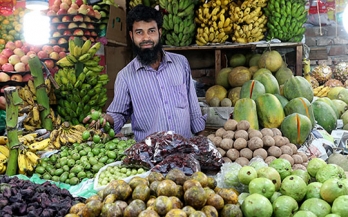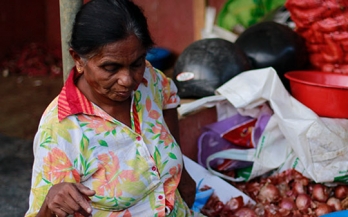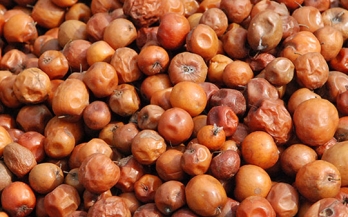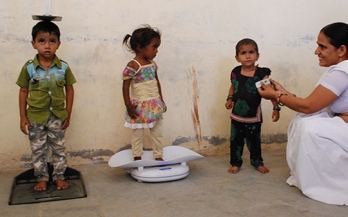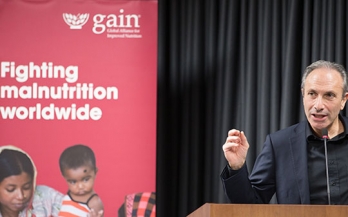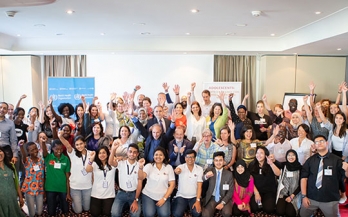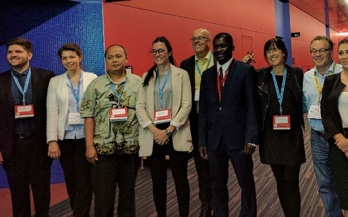Mayors and concerned urbanites gathered in Bonn last week at the 9th Global Forum on Urban Resilience and Adaptation. They spent a fair bit of the second day of their meeting talking about food systems. The big question: does the city of the future lead us inexorably towards unhealthy diets and unsustainable models of production and waste, or is there a better way?
Countries and donors increasingly recognise the benefits of evaluating public programs that could increase access to safe and nutritious foods for the poor. However, low- and middle-income countries face three main challenges to evaluation. Nonetheless, evaluation is feasible, as one recent study shows, and has potentially strong benefits for improving large-scale nutrition interventions.
This week sees the launch of the third global index and it provides a highly credible set of scores. The Access to Nutrition Index (ATNI) is one of the few independent science-based mechanisms to fame and shame the 22 biggest food and beverage companies on their efforts to improve nutrition through the marketing and formulation of their products.
Why we might be interested in reducing food loss and waste? To improve food security, to improve food safety, to reduce wasted resources and to increase profits along the food supply chain.
The consistent evidence that childhood stunting is associated with poor child development and school performance and health and human capital development more generally has elevated nutrition in the development agenda. The result has been an unprecedented focus on addressing stunting and some renewed development resources focused on doing so.
Choosing the right type of foods at the point of purchase or consumption is an important way to improve quality of diets. The idea of using on-pack visual cues or symbols to guide food choices has existed for quite some time, but less is known about the effectiveness of such schemes in resource-poor countries.
As the 2016 Global Panel Report on Food Systems and Diets noted, average households in nearly all countries in the world acquire the majority of their food from the market. Most of these purchases are of packaged foods. In addition, we know that the sales of processed foods are flat in high-income countries while increasing in middle-income countries.
My delight at being told that I was one of 2018’s World Food Prize Laureates was matched only by, well, sheer surprise. It became clear that the contribution being recognised was the ability to be effective in multiple roles in order to help elevate nutrition to the “top table” of development. In other words, to help convince powerful decision makers that good nutrition is fundamental to delivering the Sustainable Development Goals (SDGs).
A couple of weeks ago GAIN and the World Health Organization (WHO) organised a consultation “Adolescents: Agents of Change for a Well Nourished World”. This was the third in four “stepping stones” towards forging a consensus on promising approaches for programming to improve adolescent nutrition outcomes. The x-factor in the consultation was the participation of 10 adolescents from Bangladesh, Indonesia, Pakistan and Zambia.
GAIN hosted a panel discussion at the ICLEI World Congress on how to improve urban nutrition. The panel demonstrated that cities can improve the urban food system through a multitude of ways. The panel demonstrated that cities can improve the urban food system through a multitude of ways. Food policy is one important mechanism for this and is getting increasing attention.
